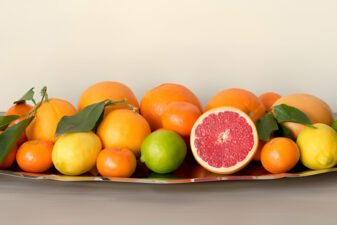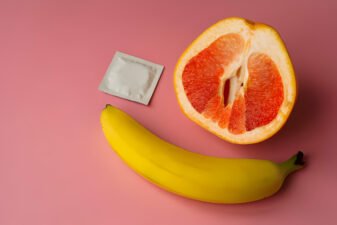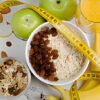2. Improve Intake of Healthy Fats
Certain fats, like Omega-3 essential fatty acids from oily fish and certain seeds offer significant health benefits and also help to relieve symptoms of PMS, like inflammation. For optimum health and weight control, it’s important to restrict fat intake to no more than 30 percent of calories. Within this limit, increase intake of Omega-3 while decreasing intake of saturated fats.Good sources of Omega-3 include: oily fish, like salmon, mackerel, sardines, herring, tuna and trout; oils, like flaxseed oil, linseed oil, hemp seed oil, canola oil; walnuts and pumpkin seeds. |
3. Eliminate Excess Fluid
Symptoms of PMS like weight gain (usually fluid gain) and bloating can be alleviated by eating diuretic-type foods that help to eliminate excess fluid. Paradoxically, drinking extra water also helps. Drink at least 1.5 litres of pure water daily. Water is vital for the whole body and helps eliminate waste products.
Good diuretic foods include: melon, citrus fruits, asparagus, celery, cucumber, water cress, lettuce, tomatoes, bell peppers, carrots and onions.
4. Improve Nutrition
Certain vitamins and minerals are helpful in relieving symptoms of PMS. They include: vitamin B6, vitamin E, magnesium, potassium and calcium.Get vitamin B6 from: wheatgerm, beans, whole grains, oily fish, bananas and chicken/turkey. Get vitamin E from: wheatgerm oil, vegetable oils, nuts and seeds, avocados, oily fish, brown rice, asparagus. Get magnesium from: nuts, seeds, lentils, bulgar wheat, brown rice. Get potassium from: bananas, dried fruits, soy flour. Get calcium from: low-fat dairy, dark leafy greens, canned fish (eg. sardines), seeds and nuts. |








